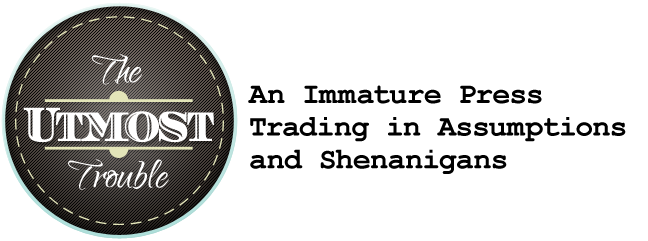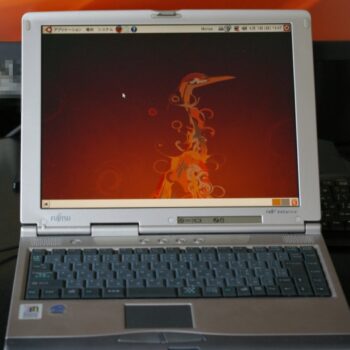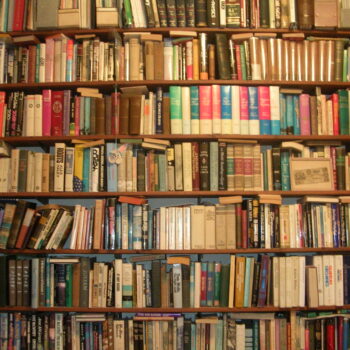Before senior year, and before I became a part of the AP English Literature and Composition posse, I had barely been exposed to the world of poetry. I mean, I knew poems by Dr. Suess and Shel Silverstein, and I knew the classic “A Visit by St. Nicholas” by Clement C. Moore, but not many others. I thought the best poems were ones that rhyme, and I refused to read poems that didn’t. I didn’t think of non-rhyming as “true” poetry. My mom has always been interested in reading poetry, and occasionally she’d read a poem by Edgar Allan Poe or Robert Frost to me. I actually read poetry on my own more often when I was younger, with my favorite poet being Shel Silverstein. I still think he’s an awesome poet, but because his poetry is directed to a much younger audience, his poems are meant to be silly with no deep meaning beneath them.
Throughout class during this school year, we’ve read over 60 poems by a multitude of poets from different time periods. We’ve highlighted, underlined, circled, discussed, analyzed, and pretty much dissected every single one of them. It may have been tiring to constantly analyze poems every class, but it paid off in the end. Now that I’ve gone through Mr. Young’s poetry training, I understand non-rhyming poems much better than before. A particular activity that we did in class that helped me out the most was when we had a printed copy of a poem in front of us, and we were told to take notes about the poem. These notes included any observations we had over the poem, such as structure, rhyming, and tone patterns. I understand content better when I have a hard copy in front of me that I can write my own thoughts on. In just 15 minutes time, I was able to jot down a surprisingly large number of notes, which helped quite a bit as I wrote my poetry connection essays. I generally chose poems that I liked best for my poetry connections, or if there was none that I particularly favored, I chose one that had an obvious usage of a literary device or pattern. Nearing the date of our AP exam, I realized that with any poem I selected for my poetry connection essays, I could pick at least one thing to write about it. Analyzing poetry in class improved both my understanding of poetry, and my poetry connection essays.
My experience of reading poetry this year will definitely aid in working with poetry in college. Because I can recognize patterns in poetry, I feel like I can take on the task of writing my own poem. In Freshman English, we had a unit over writing and learning the different forms of poetry, such as sestinas, haikus, and circle poems. However, most poems don’t follow a strict form of poetry, and AP Lit & Comp helped me realize that.
I actually enjoy reading poetry on my own now, and I’ve often found myself peeking through my mom’s poetry collection books a few times. Poems are like little stories that produce imagination in the brain. They’re convenient. Instead of reading an entire book, I can choose to read a few poems to spark a thought. It’s cool to find poems we’ve read in class, or poems that are by poets whom we’ve discussed. I don’t enjoy reading every genre or subject of poetry written by any poet, but I definitely have an open mind for poems now. A few of my favorite poets now include Joshua Mehigan, Walt Whitman, and Billy Collins. My favorite poem is “When I Heard the Learn’d Astronomer” by Walt Whitman. It doesn’t rhyme.
Featured Image: “Magnetic Fridge Poetry” by Steve Johnson @ Flickr








